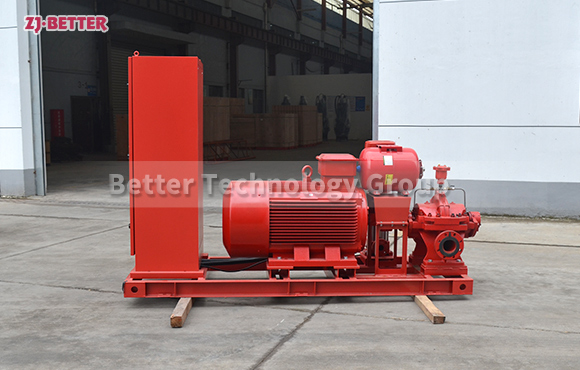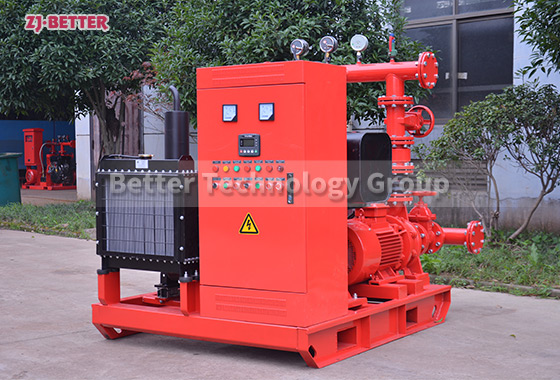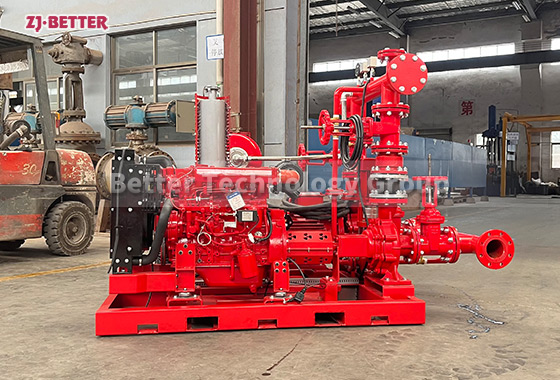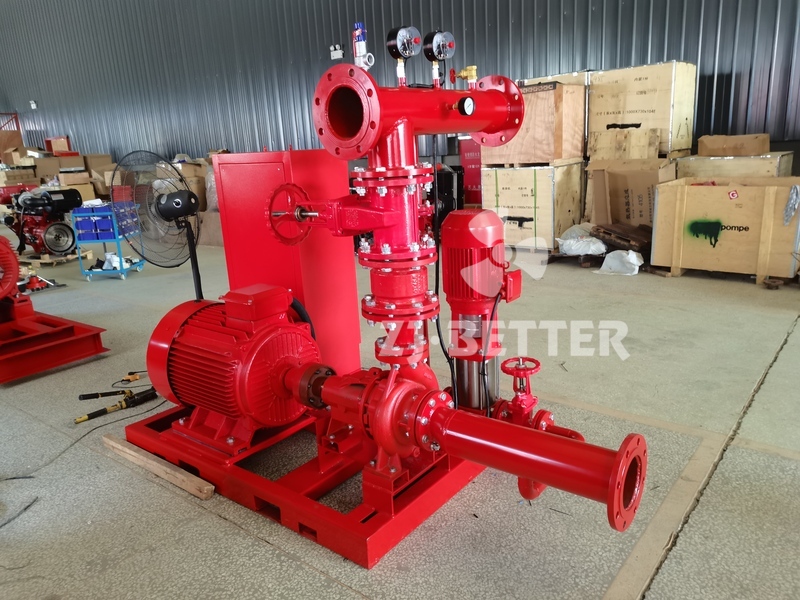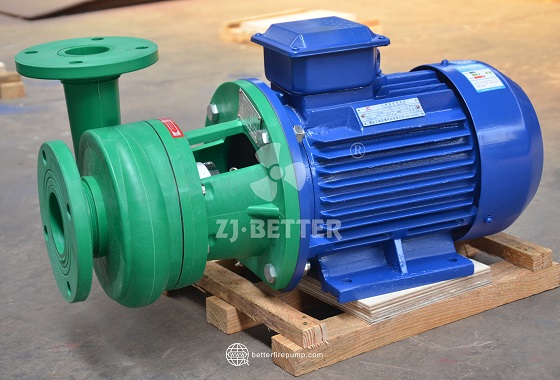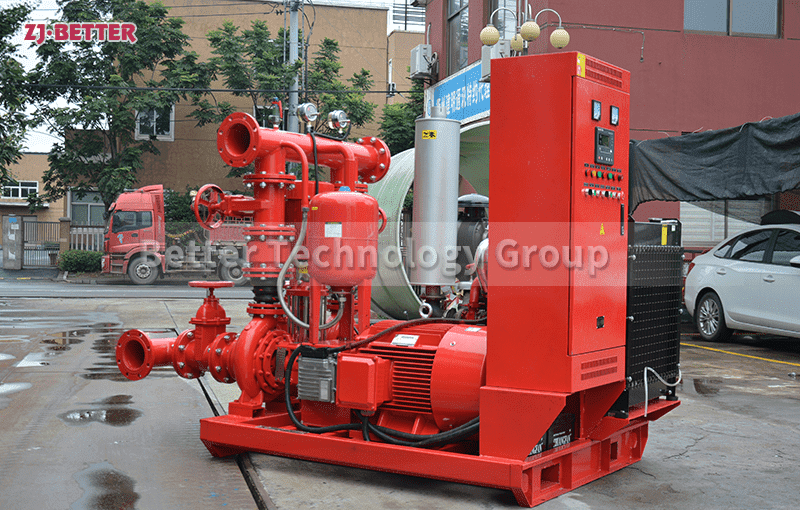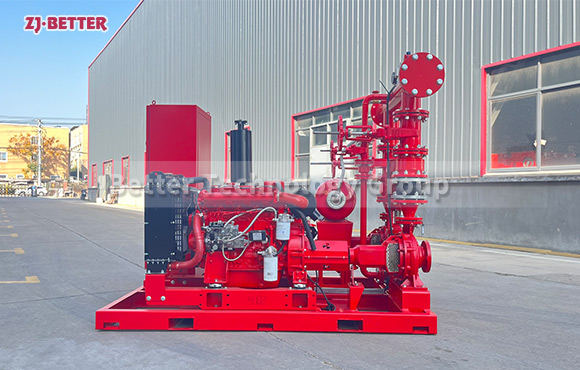What are the starting and control methods for fire pumps
The two main starting and control methods for fire pumps are manual starting and automatic starting.
Manual Starting: Manual starting is the simplest and most commonly used method for starting a fire pump. It involves the use of a manual start switch or lever to start the pump motor.
Automatic Starting: Automatic starting is the most reliable method for starting a fire pump. It involves the use of a control panel, which can be programmed to start the pump motor when a drop in pressure is detected. The control panel also monitors the pump’s performance and can be used to shut off the pump if it fails to start or is not performing properly.
The two main starting and control methods for fire pumps are manual starting and automatic starting. Manual Starting: Manual starting is the simplest and most commonly used method for starting a fire pump. It involves the use of a manual start switch or lever to start the pump motor. Automatic Starting: Automatic starting is the most reliable method for starting a fire pump. It involves the use of a control panel, which can be programmed to start the pump motor when a drop in pressure is detected. The control panel also monitors the pump’s performance and can be used to shut off the pump if it fails to start or is not performing properly.



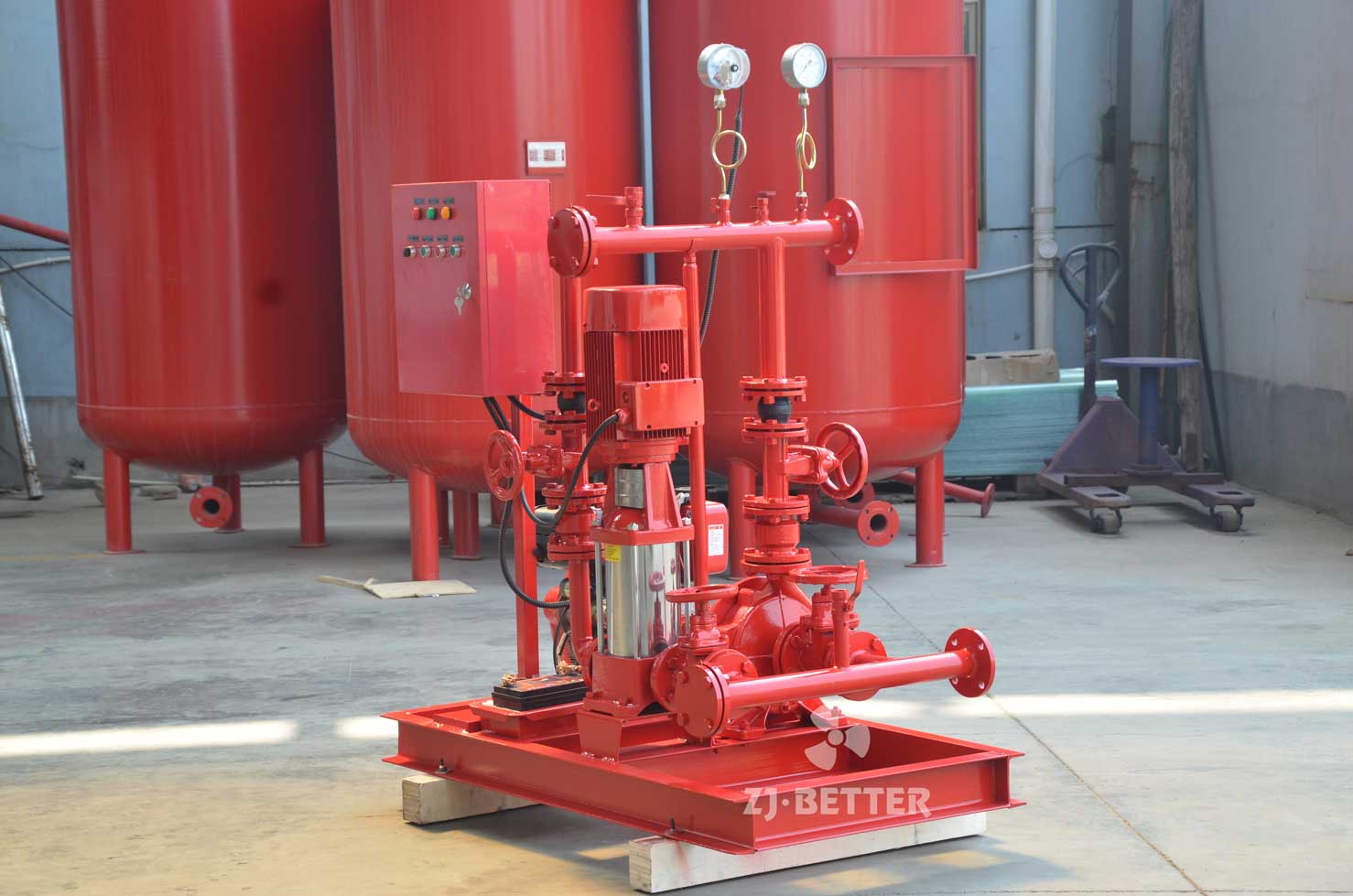
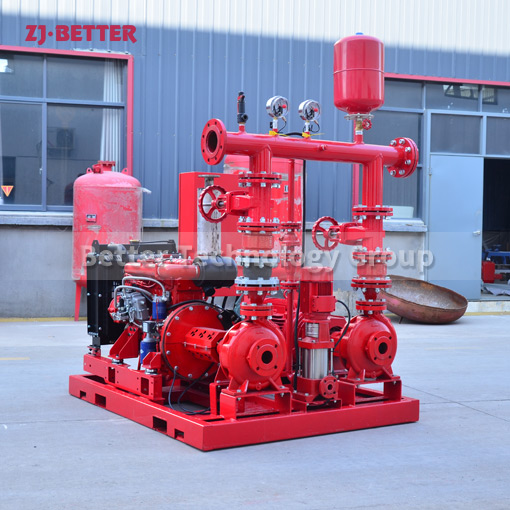
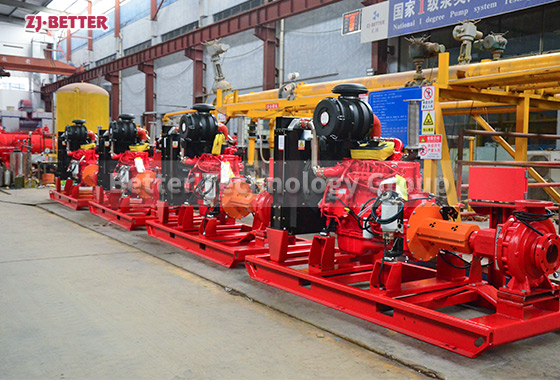
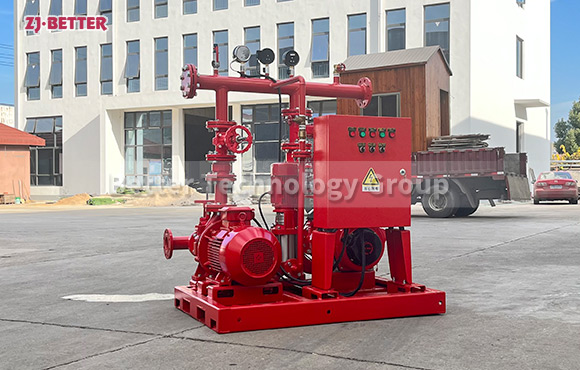
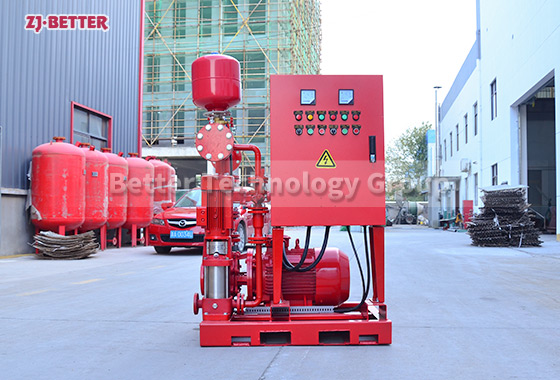
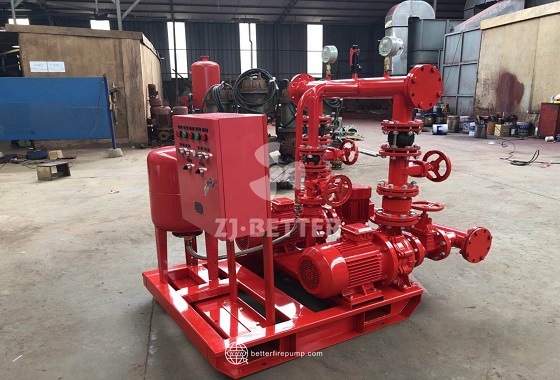
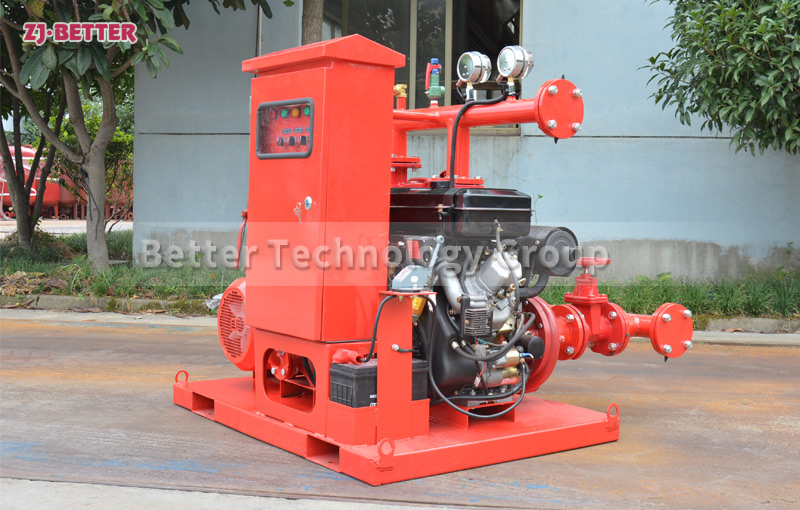
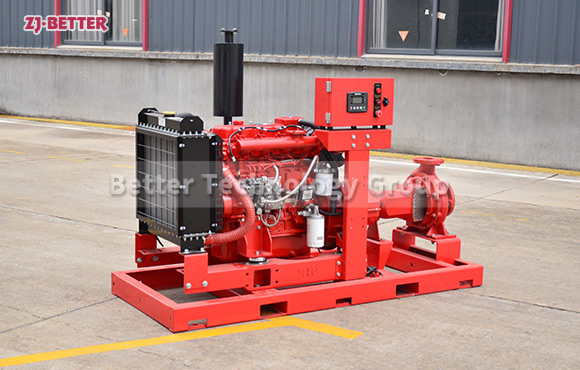
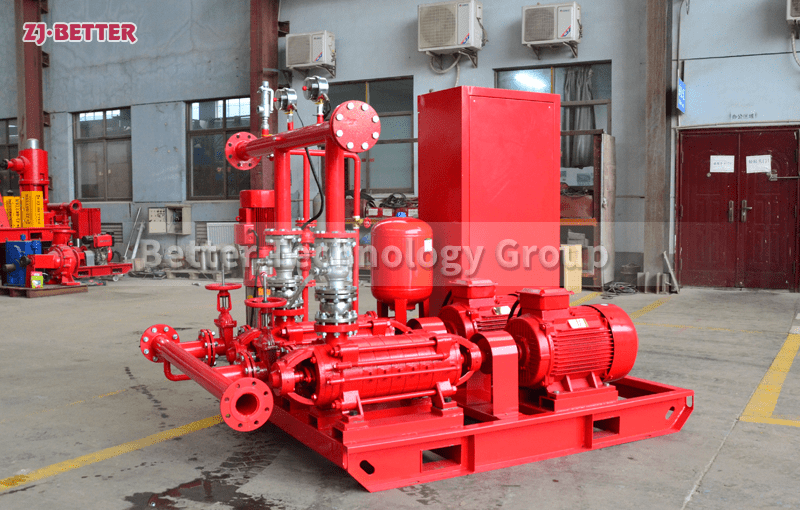
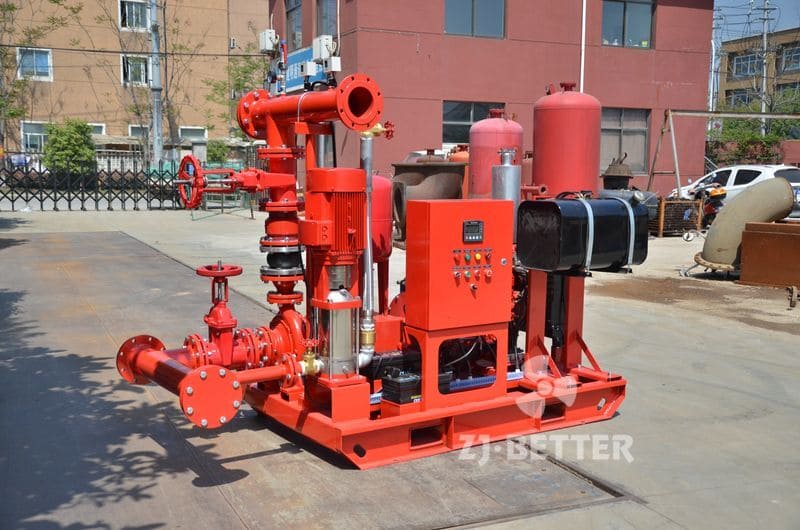
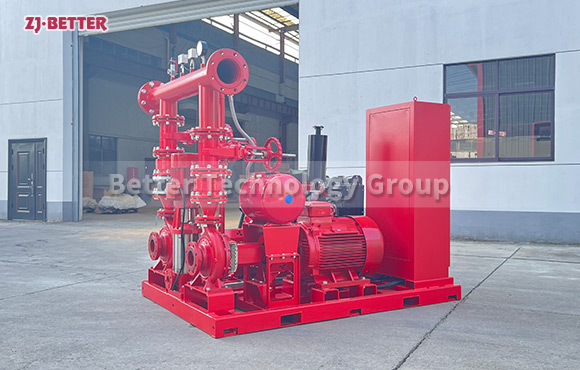
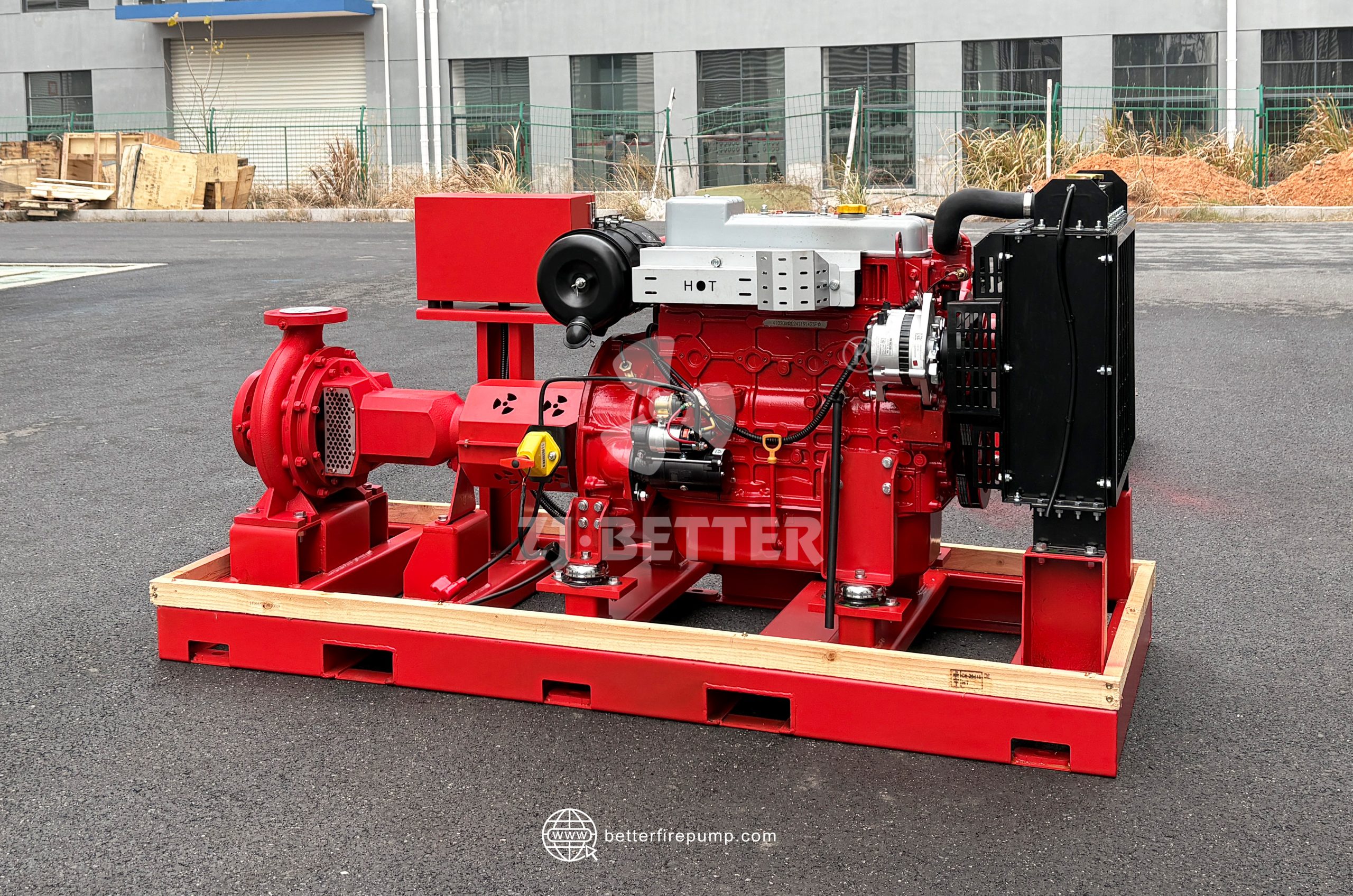
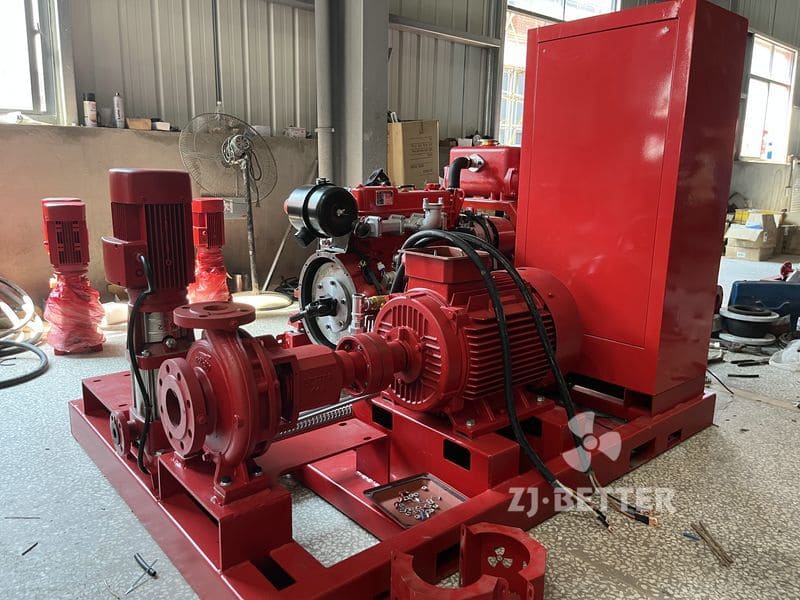
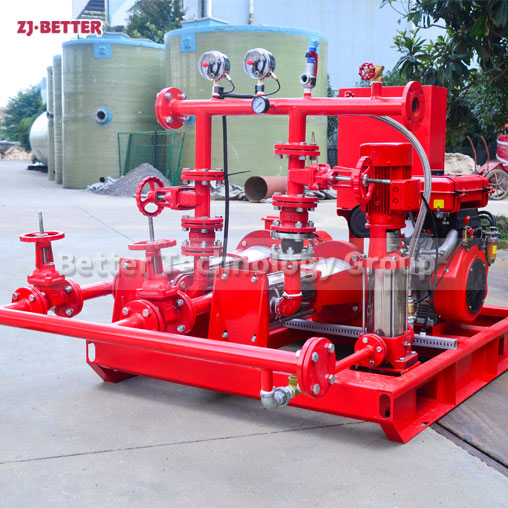
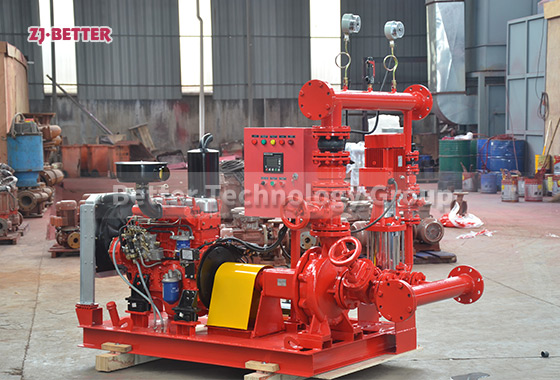
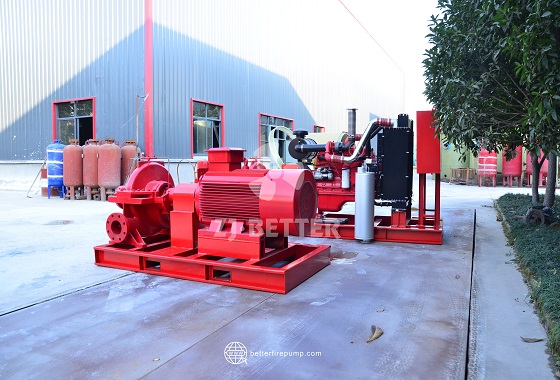
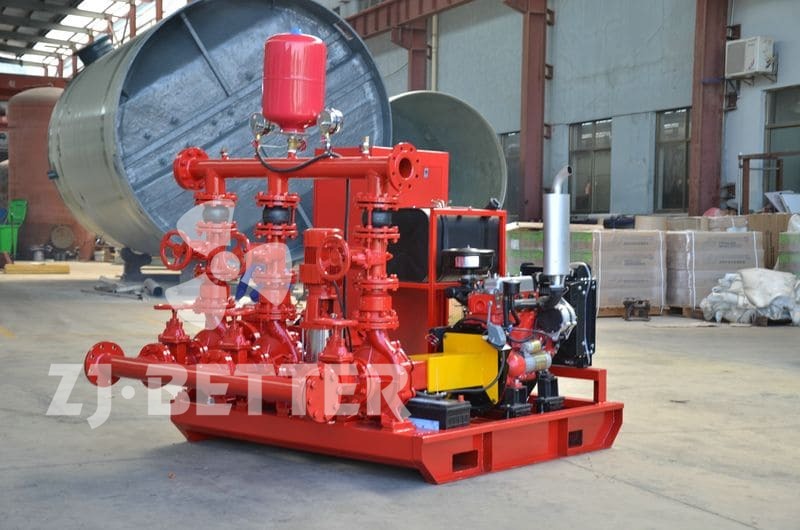
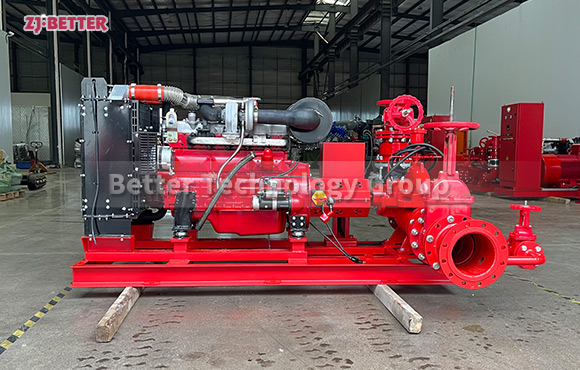
.jpg)
